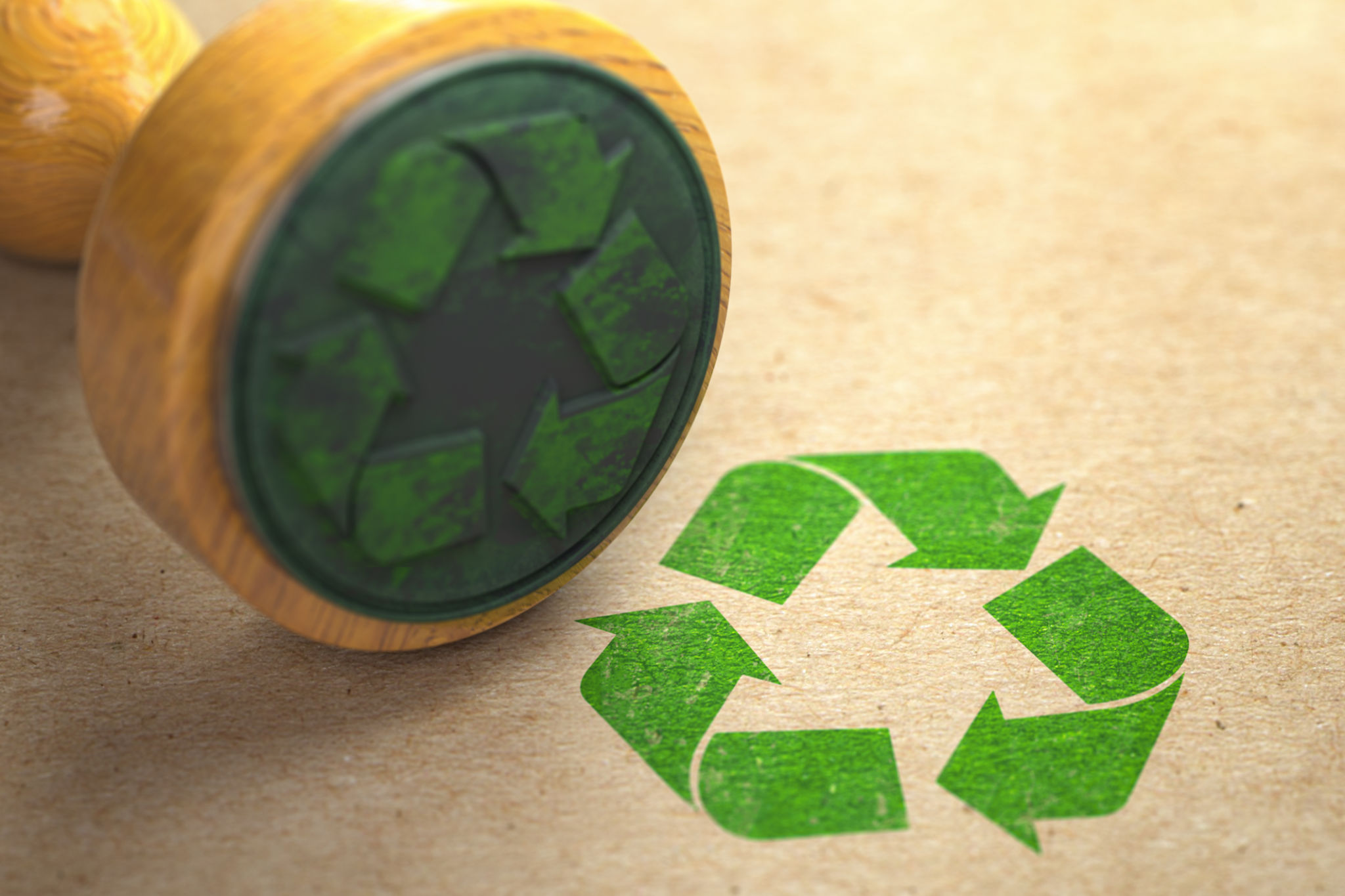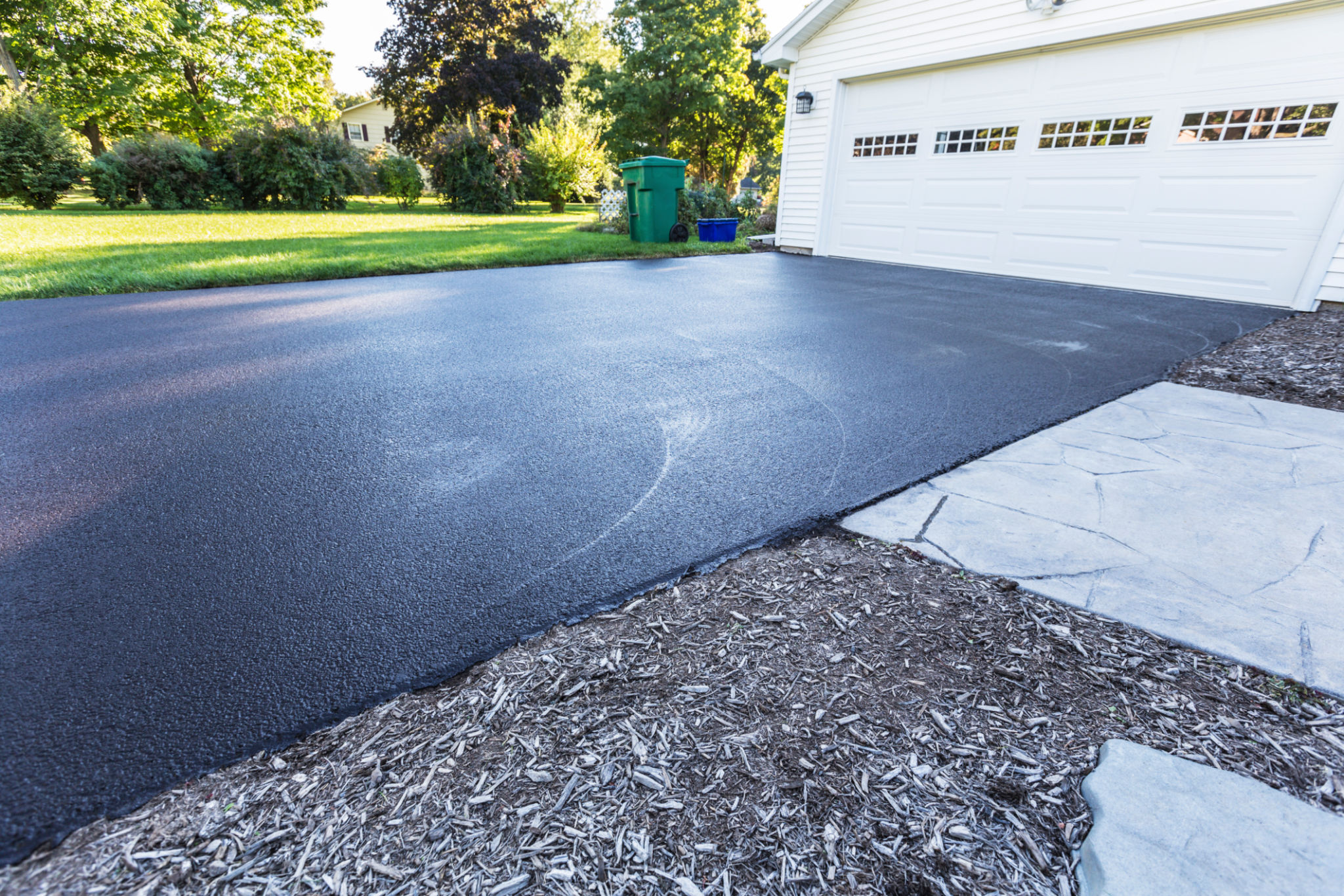DIY Driveway Sealing Guide: Eco-Friendly Tips and Tricks
Introduction to Eco-Friendly Driveway Sealing
Sealing your driveway is essential for maintaining its longevity and appearance. However, traditional sealing methods can be harmful to the environment. Fortunately, there are eco-friendly alternatives that you can use to protect your driveway without compromising on sustainability. In this guide, we'll explore some effective DIY tips and tricks for sealing your driveway in an environmentally responsible way.

Why Choose Eco-Friendly Sealing?
Opting for eco-friendly sealing products not only helps reduce your carbon footprint but also ensures that harmful chemicals don't leach into the soil and waterways. By choosing sustainable materials, you contribute to a healthier planet while still achieving a beautifully sealed driveway. Many eco-friendly sealers are made from renewable resources and offer durability comparable to traditional options.
Understanding Your Driveway Material
Before you begin sealing, it's important to understand the type of material your driveway is made of, as this will impact the type of sealer you should use. Common driveway materials include asphalt, concrete, and pavers. Each material has its own eco-friendly sealing options, so make sure to choose one that's compatible with your specific driveway type.

Preparing Your Driveway
Preparation is key when it comes to sealing your driveway. Start by cleaning the surface thoroughly. Remove any debris, dirt, and oil stains using a biodegradable cleaner and a stiff brush. This ensures that the sealer adheres properly and provides maximum protection. Allow your driveway to dry completely before applying the sealer.
Eco-Friendly Sealing Options
When selecting a sealer, look for products labeled as non-toxic, water-based, or biodegradable. These sealers are designed to minimize environmental impact while still providing excellent protection against weather and wear. Some popular eco-friendly sealers include soy-based sealers and those made from recycled materials.

Application Techniques
Applying the sealer correctly is crucial for achieving optimal results. Use a roller or sprayer to apply a thin, even coat of sealer across the entire surface of your driveway. Make sure to follow the manufacturer's instructions regarding drying times and application techniques. Applying multiple thin coats is often more effective than one thick coat.
Maintaining Your Sealed Driveway
Once your driveway is sealed, regular maintenance will help prolong its life and appearance. Sweep away debris regularly and clean any spills promptly with a mild detergent. Avoid using harsh chemicals or power washers, as these can damage the sealer and the environment.

Conclusion
Sealing your driveway doesn't have to come at the expense of the environment. By choosing eco-friendly sealing products and following sustainable practices, you can protect your investment while also being kind to the planet. With these DIY tips and tricks, you'll enjoy a beautifully sealed driveway that stands the test of time and supports a healthier ecosystem.